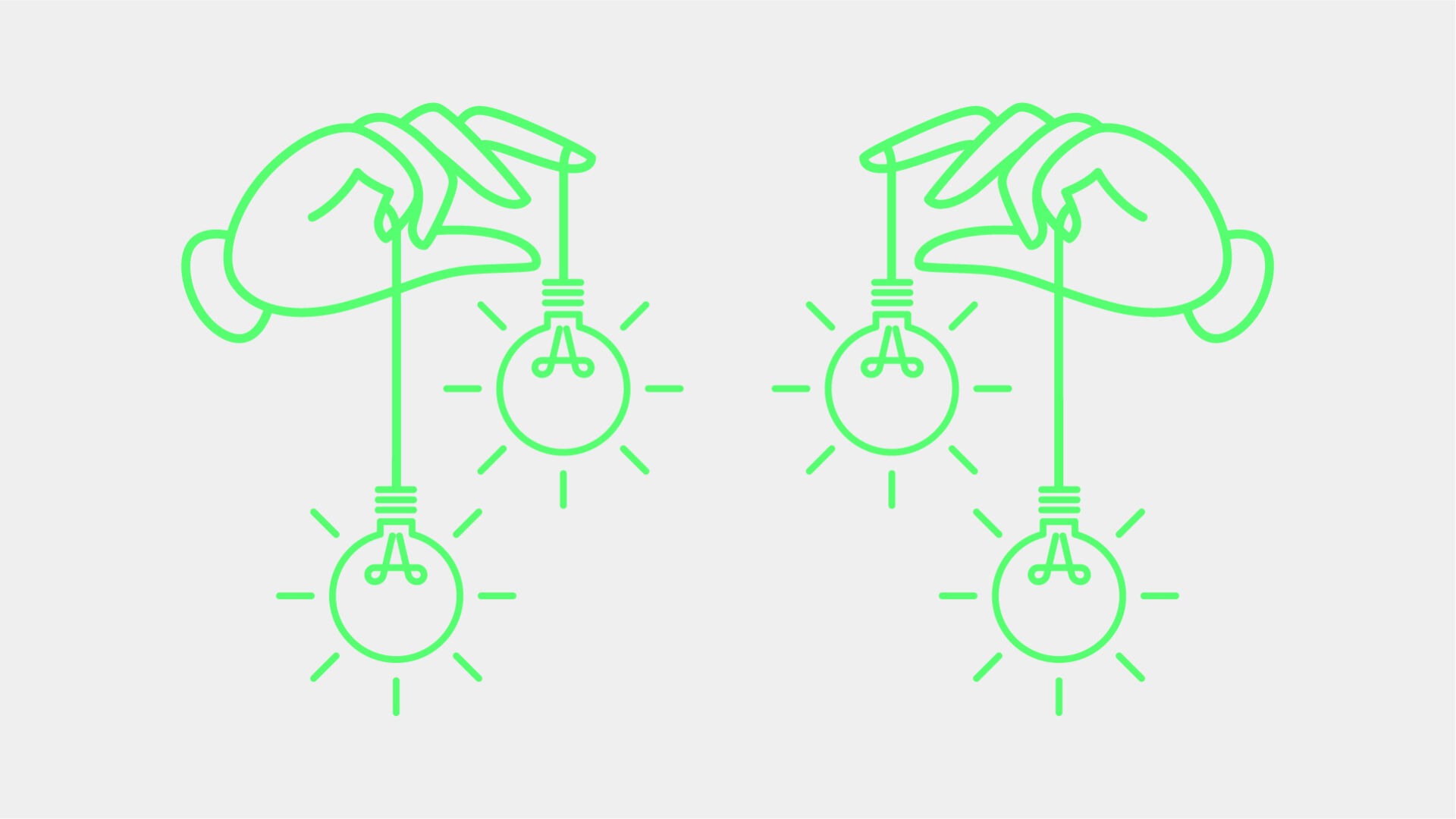
If we make a request for potato snacks, we could be offered any number of products. But when we ask for Pringles, it is unmistakably only one thing. And, as has gone down in big-brand history, the Hoover company showed us how a brand name can become so successfully associated with what it was designed to do, that the very act of vacuuming became renamed.
While it might be easy to see how important they are, creating a successful brand name is very far from easy. Whether it's for a company, a product, or an internal campaign, it needs to be considered from different angles. As a key element of a brand, the name not only has an emotional and cultural association role to play in setting tone, ambition, and memorability, it also has some serious transactional business criteria to meet in terms of availability, trademarking, or licensing potential as intellectual property.
So, if you thought that creating brand names is a case of a little creative thinking and some checking on Google, think again. Achieving a successful result is as much about the process and the people involved, as it is about word play. This is because, much like choosing colours, we all have strong opinions and emotions when it comes to names. And although there is a place for individual views, there is a risk that these could get in the way of the consensus and buy-in that is needed to follow-on with a great launch and ongoing marketing campaign to embed the new brand in hearts and minds.
If you'd like a flying start for your fledgling brand idea then consider naming as part of Destination, our game-changing brand development programme. Talk to kelsey@fablecreative.co.uk, we’ll be delighted to work with you.

As with any design project, the first stage is about strategic and creative discovery. This sets the foundation for robust decisions later down the line and allows space for all those initial opinions and ideas to be put on the table. If there are already some strong likes or dislikes, they need to be acknowledged.
It’s not uncommon for clients to come to us already having a name in mind, but we’ll still dig deeper into their strategic ambitions and push creatively into other possibilities. Closing on a decision before options have been openly explored is risky. That can become very expensive and more time-intensive to rectify later. As with all design projects, investing wisely in the early stages pays dividends later.
To take full advantage of the potential in this stage, we involve teams in all sorts of ways to play creatively with us. Whether that's sitting with founders in their kitchens, running a series of team and customer workshops across global sites, or making good use of survey tools, it’s the fun exploratory part of the process. It’s crucial for setting the scene and building trust by letting people participate. In one survey we ran, 70% of all employees replied and this was a rate of internal response and engagement that hadn’t been seen before.

Stage two is where we take all those creative ideas and everything we’ve heard back to the studio and craft creative concepts. Names on their own, especially when they're for a new company, actually have very little meaning. Brand names build their meaning in the minds of customers over time, through experience. But before they can do that, an internal team must feel confident that there is a clear and solid story to launch with.
With our writers and creatives, we build those stories, create visuals, and develop straplines. We’ll do this for any of the strongest names that come out of stage one, and we’ll get our team refining some of the best ideas even further.
Here is where names come alive, because reactions to names can change considerably when they are seen with different styles and settings that are supported with back-stories. Presenting concepts in context, showing how they might look on packaging or a web page, a London Underground ad or a social media icon, can be a revelatory point where people see exciting potential in a completely new idea, or limitations in what they thought was a done deal. If you had skipped ahead with that initial idea, you would never know how much further you could have gone.

We’re still not there. Before everyone gets too excited, the all-important IP and functional viability checks must be made. This is our stage three, but it runs parallel to the creative design work. There are many design agencies that don’t do this at all, or leave it too late. The consequence is that teams can crash with disappointment when they are told the names they had set their hearts on cannot go ahead after all.
We are not legal professionals, and we are always clear that legal advice must be sought, but we have developed an in-house checking process that kicks-in as soon as potential names are being shortlisted. It makes sure the initial sense-checks have been done in relation to domains, trademarks or language translations. Because even the big brands can fall foul of these mistakes. Take for example an early Chinese phonetic translation of Mercedes-Benz’s that was supposed to mean ‘going quickly’ but was easily misheard as ‘rushing toward death’!

So, with one or a few possible name concepts in place, stage four is the time to gain consensus. For new business owners, this might mean just one or two people making the final decision. But for larger companies it is important to re-engage with the people who were involved at the beginning. This is their chance to see what became of those earlier surveys or participatory workshops and our chance to pilot concepts in context and gauge reactions. It’s also the point to remind everyone of those foundational business criteria. This must not be perceived as a time for people to think this is another chance to submit a new idea. This is a valuable test of both internal and external responses and an opportunity to vote and make decisions as a team.
This final stage can be charged with excitement and at the same time it can be nerve-racking ahead of the external launch. It’s another reason why knowing that you were taken through a robust process, where all the options were considered, and all the necessary people were allowed to participate, means you can feel creatively and strategically confident to focus forward to your next stages of sales, marketing and building brand equity.
If you're looking for a robust process for your next naming project, with Fable you'll be in safe hands. Together, we can give your brand an unfair advantage with Destination our game-changing brand development programme. Talk to kelsey@fablecreative.co.uk to set up a coffee or a call.



